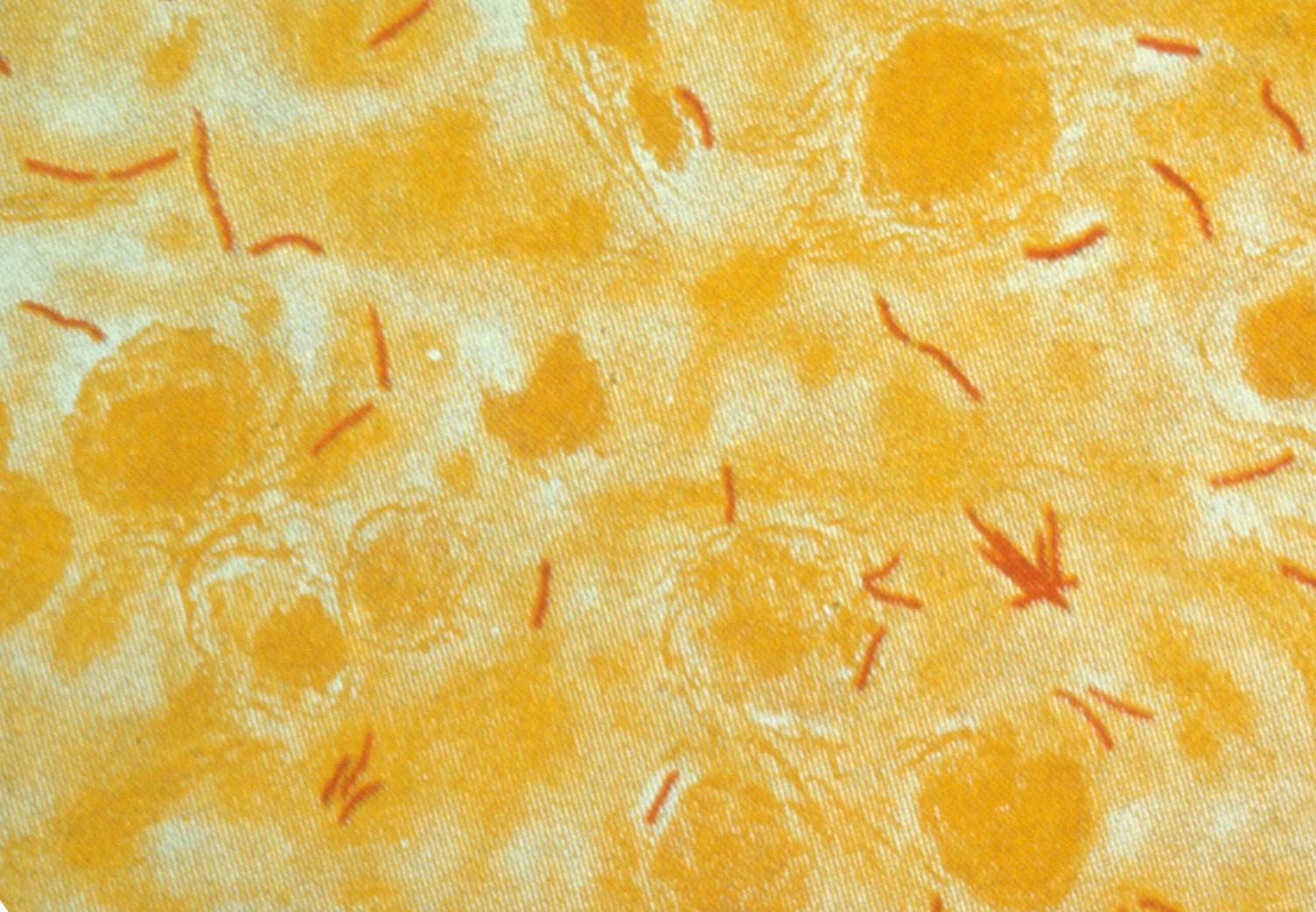
Background
One third of the world's population is infected with tuberculosis (TB). In 2014, there were 1.5 million TB related deaths. The current recommended treatment regimen for TB begins with a two-month intensive therapy using isoniazid, rifampicin, pyrazinamide, and ethambutol followed by four months of treatment with isoniazid and rifampicin. The long and complex treatment regimen leads to high levels of nonadherence. This contributes to the development of drug resistant TB that becomes more difficult and expensive to treat.
Technology
Researchers have identified novel compounds that are potentiators of existing TB drugs. These compounds work with both first-line and second-line TB drugs including those that are active against MDR-TB (e.g., Bedaquiline and PA-824). The drug scaffold from which these compounds were derived have high stability in vivo, low host toxicity, and excellent host bioavailability. The proposed therapy will reduce dose and/or time of treatment, and consequently reduce treatment costs and improve treatment outcomes.
Advantages
-Potentiator of both first-line and second-line TB drugs -Novel target and mechanism of action -Effective with both drug sensitive and drug resistant TB therapies -Leads are orally available with excellent PK
Application
- Tuberculosis - Anti-infective therapeutics
Inventors
Nicole Sampson, Professor and Interim Dean, Chemistry
Xinxin Yang, Sr. Postdoctoral Researcher, Chemistry
Tianao Yuan, Graduate Research Assistant, Chemistry
Licensing Potential
Development partner,Licensing,University spin out
Licensing Contact
Sean Boykevisch, Director, Intellectual Property Partners, sean.boykevisch@stonybrook.edu, 6316326952
Patent Status
Patent application submitted
US 8,481,530 B2 PCT filed covering new compositions and methods of use
Tech Id
8775
